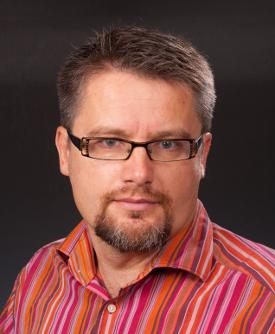ECE Faculty Predrag Spasojevic has received a DURIP grant from ONR for a project entitled "Deployable Battlefield of Highly Reconfigurable Wideband RF Transmitters". This is a 2-year project and was funded at $750K.
This is the only DURIP grant awarded to a Rutgers Team in 2023:
The testbed will enable design and testing of a variety of signaling strategies highly relevant to defense, academic, and commercial communities. It is based on the Principle Investigator's expertise: His team will build a portable testbed at Rutgers University for emulating a radio frequency scene with many signal transmissions having large spatial variation in relative signal amplitudes and over a wide range of signal frequencies (up to 20GHz). The testbed will be designed for modularity and portability so that it can be transported and adapted to a diversity of defense critical tasks necessitating dynamically reconfigurable and dense RF transmitter force. Its design will allow for a short notice deployment. It consists of seven transmitter units employing wideband RF antennas that are connected via 100+ meters optical cables and an optical switch. The enabling architecture includes a high-end central computer that either distributes or/and coordinates a blend of stored individual signals to seven spatially distributed transmitter sites. The proposed approach is unique in that it allows emulating narrow-band transmitters that are instantaneously reconfigurable to employ very different transmissions signals. Additionally, due to its large instantaneous bandwidth (2GHz+), flexibility, and programmability, each signal generator can simultaneously emulate many diverse narrowband transmitters and, hence, the testbed can achieve a unique scalability and density of a RF transmitter scene. The RF testbed's physical size allows for 100+ meters in distance between different transmitters and receivers. Hence, the testbed design will ensure that the propagation characteristics are dominated by the far field effects. In this manner, it will allow for realistic emulation of wireless propagation environments. Important application scenarios include radio transmitter signal characterization and identification and, also, safety mechanisms protecting against prohibited incursions of radio frequency enabled unmanned aerial and ground vehicles.
Congratulations to Predrag!

